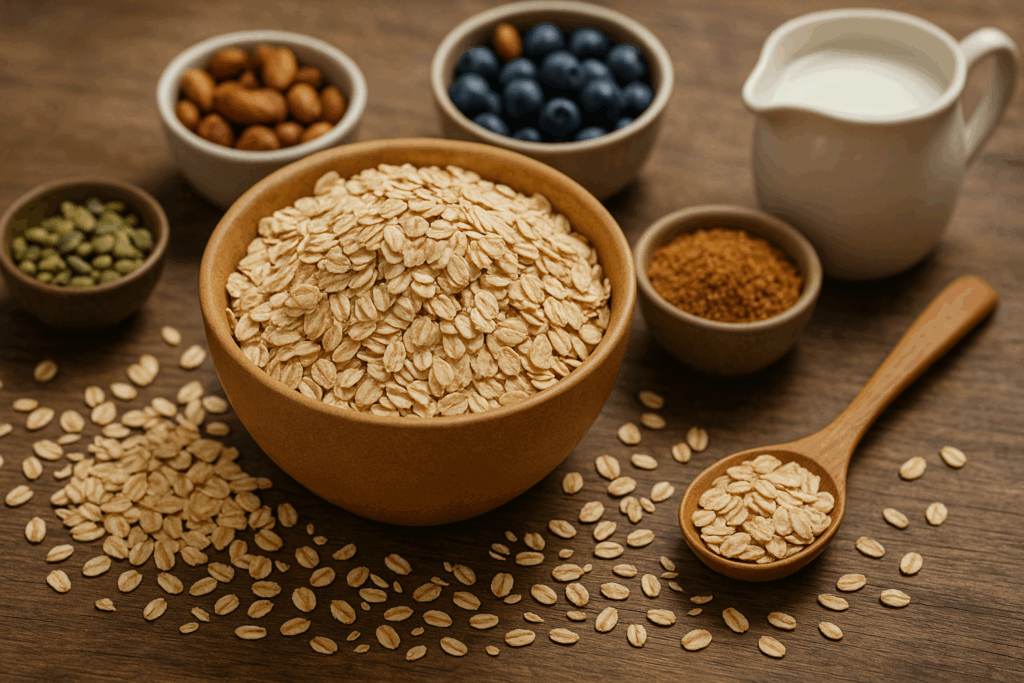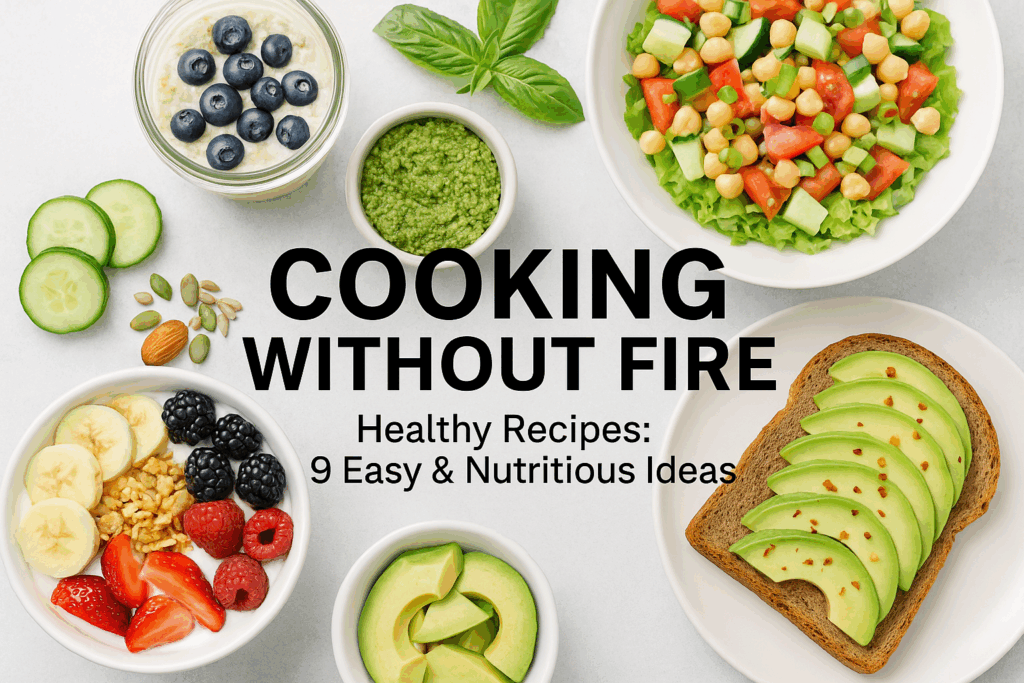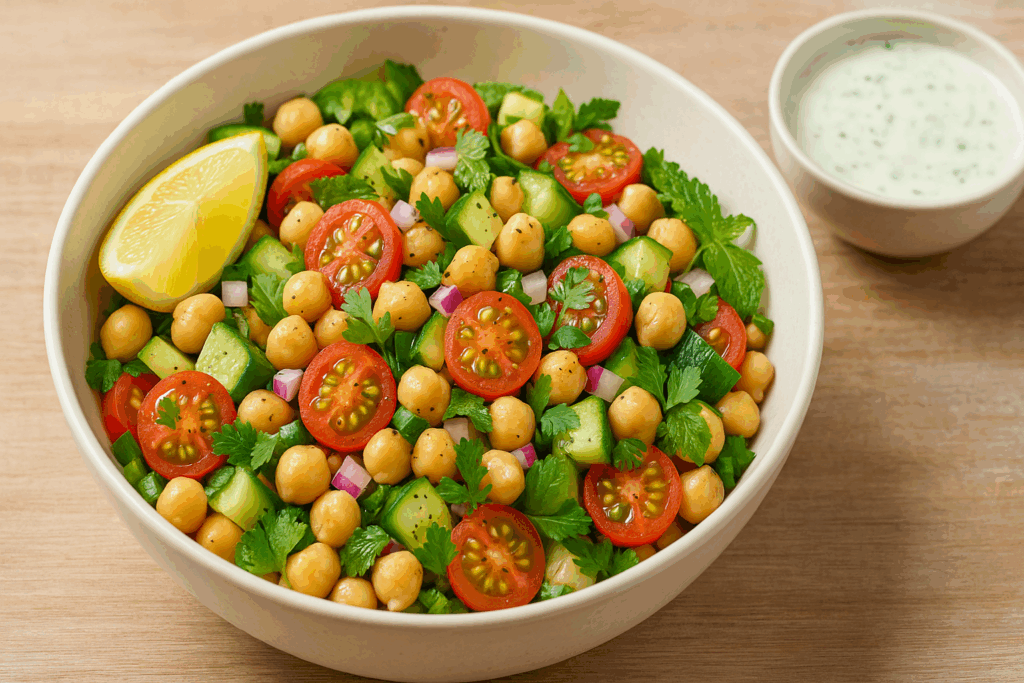India’s rich culinary heritage offers flavour, warmth and tradition — but sometimes our busy lives, cravings for indulgence or less-than-ideal food choices steer us away from healthful eating. That’s where HealthyMeal.in steps in: your gateway to healthy Indian meals that satisfy both taste buds and wellness goals. Whether you’re cooking at home or seeking inspiration for everyday eating, we’ll guide you through delicious, nutritious choices rooted in Indian flavours.
What Are Healthy Indian Meals?
Healthy Indian meals are dishes prepared with attention to nutrition — balanced portions of vegetables, lean proteins, whole grains, minimal unhealthy fats and mindful cooking techniques — while preserving local taste and culture.
Here are some distinguishing features:
- Use of whole grains (e.g., brown rice, millets, whole-wheat rotis) instead of heavily refined white flours or rice.
- Vegetables in generous portion, not just as a side.
- Lean sources of protein: legumes (dal, chickpeas), paneer made lighter, fish/chicken prepared with less oil, eggs.
- Healthy fats (e.g., mustard oil, coconut oil in moderation, ghee in small quantity) rather than deep-fried heavy oils.
- Spices and flavouring that promote digestion and metabolism (turmeric, cumin, coriander) rather than relying entirely on heavy cream, ghee and sugar.
- Balanced plates: one-third grains, one-third protein, one-third vegetables + salad / fibre.
This approach aligns with nutrition expert guidance on portion size and balanced plates. Mayo Clinic
Why Healthy Indian Meals Matter — For You and Your Body
- Better Energy & Well-being
When meals are balanced — with quality carbs, protein and fibre — your energy remains stable instead of the “crash after a heavy curry + refined rice” scenario. - Supports Weight Management & Metabolic Health
A diet heavy in refined carbs, deep-fried items and sugar can lead to weight gain, insulin resistance or reversed metabolic gains. Healthy Indian meals help steer away from those traps. - Protects Against Lifestyle Diseases
Heart disease, diabetes and other non-communicable conditions are strongly linked with diet quality. Eating well now means fewer health burdens later. www.heart.org - Cultural Enjoyment Meets Mindful Eating
You don’t have to give up on beloved Indian flavours. Healthy Indian meals make tradition work for wellness, not against it.
How to Build Your Healthy Indian Meal Plate
Here’s a practical blueprint you can use every day:
- Start With Vegetables & Salad: Fill about half your plate with colourful vegetables (cooked + raw salad), ideally local and seasonal.
- Choose Whole Grains / Millets: Instead of white rice or ultra-refined flour rotis, swap in brown rice, jowar/bajra roti, or mixed grain chapati.
- Include Lean/Plant Protein: Dal, chana, rajma, paneer made with low-fat method; or lean chicken/fish if non-vegetarian.
- Smart Cooking Methods: Grilling, steaming, sautéing with minimal oil, roasting rather than heavy frying.
- Flavour with Smart Spices & Herbs: Turmeric, asafoetida, fresh coriander, ginger-garlic – these add taste and health benefits.
- Limit Added Fats & Sweets: Ghee, cream or sugar need moderation. Use healthy substitutes like low-fat yogurt, natural sweeteners or fruit.
- Hydrate & Mindful Eating: Drink water or infused water; eat slowly and stop when about 80% full.
Following these steps helps turn “healthy Indian meals” from a concept into everyday practice.
Healthy Indian Meal Ideas to Try Today
Here are a few sample dishes you can explore or present on your site (HealthyMeal.in) to engage readers:
- Whole wheat “Missi Roti” + sautéed mixed vegetables + low-fat paneer tikka.
- Brown rice pulao with peas & carrots + raita made with curd and cucumber.
- Dal tadka using moong/chana dal, a side salad of tomato–onion–cucumber + a small mixed grain chapati.
- Grilled fish or chicken tikka marinated in yoghurt & spices + steamed seasonal greens + quinoa/ millet khichdi.
- Vegetable khichdi made with millet (bajra/foxtail) + a side of roasted papad & fresh salad.
These ideas combine familiar Indian flavours with smart nutrition — perfect for your audience to embrace healthy eating without feeling deprived.
Why HealthyMeal.in Is Your Go-To Resource for Healthy Indian Meals
- We speak Indian flavour-first: We understand Indian kitchens, spices, regional variety and traditions — and we merge those with wellness.
- We make it practical & accessible: Easy recipes, everyday ingredients, budget-friendly options — healthy Indian meals don’t have to be fancy or expensive.
- We emphasise sustainable habits: It’s not about a one-time diet. It’s about building a lifestyle where healthy Indian meals are a natural part of your day.
- We keep it engaging: From meal-prep guides, beginner-friendly Indian recipes, to budget-smart eating tips — we help you stay consistent.
Frequently Asked Questions (FAQ)
What exactly are healthy Indian meals?
Healthy Indian meals are dishes rooted in Indian cooking that focus on balanced nutrition: enough vegetables, lean proteins, whole grains or millets, moderate healthy fats, and minimal refined sugars/oils — all while keeping flavour high.
How can I eat healthy Indian meals on a budget?
- Use seasonal, local vegetables and legumes (they cost less and offer more nutrition).
- Bulk cook pulses and grains and repurpose across meals.
- Choose millet or mixed grain chapatis instead of imported superfoods.
- Limit luxury ingredients like cream, imported cheese, heavy butter; use simple cooking techniques.
- Plan ahead and avoid last-minute take-out (which tends to be expensive and less healthy).
Are healthy Indian meals suitable if I’m trying to lose weight?
Yes — absolutely. When you prioritise balanced plates (vegetables + protein + whole grains/millet) and moderate portion size, healthy Indian meals support weight loss, stable energy and better metabolism.
How do I maintain flavour while keeping Indian meals healthy?
Use aromatic spices (turmeric, cumin, coriander, mustard seeds), fresh herbs, ginger-garlic, lemon juice, and roasting or grilling methods. Flavour doesn’t need to come from heavy butter or deep-fried oil — smart cooking can give you both taste and health.
What are typical mistakes people make when trying to eat healthy Indian meals?
- Using lots of oil or ghee while thinking “it’s Indian so it’s okay”.
- Relying solely on one food group (e.g., too many carbs, too little veggies or protein).
- Eating large portions of even healthy foods without portion control.
- Forgetting hydration, fibre or snacks, and then over-eating later.
- Not planning ahead, so defaulting to convenient but less healthy options.
How quickly can I see results by switching to healthy Indian meals?
You may notice differences like improved energy, better digestion, more stable appetite within a few days to a couple of weeks. Changes in weight, metabolic markers or overall health may take a few months — but consistency is key.
Conclusion
Eating well shouldn’t feel like deprivation. With the right approach, healthy Indian meals can be delicious, satisfying and aligned with your wellness goals. At HealthyMeal.in, we believe that nourishing your body and honouring Indian flavour go hand in hand. Start small, stay consistent, and soon you’ll find yourself enjoying meals that make you feel great, inside and out.
Let’s unlock the power of healthy Indian meals — because you deserve to eat smart, live vibrant and savour every bite.



